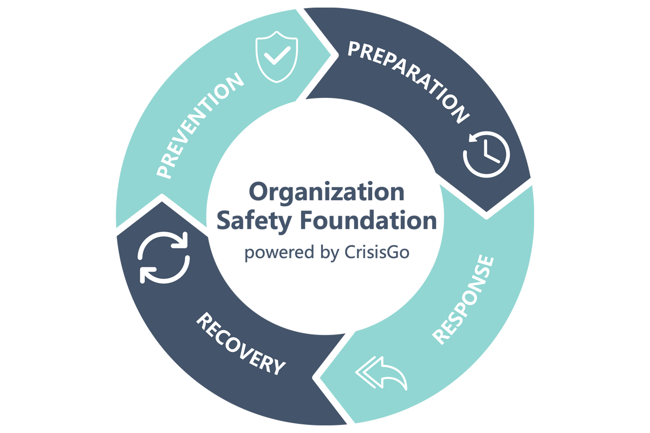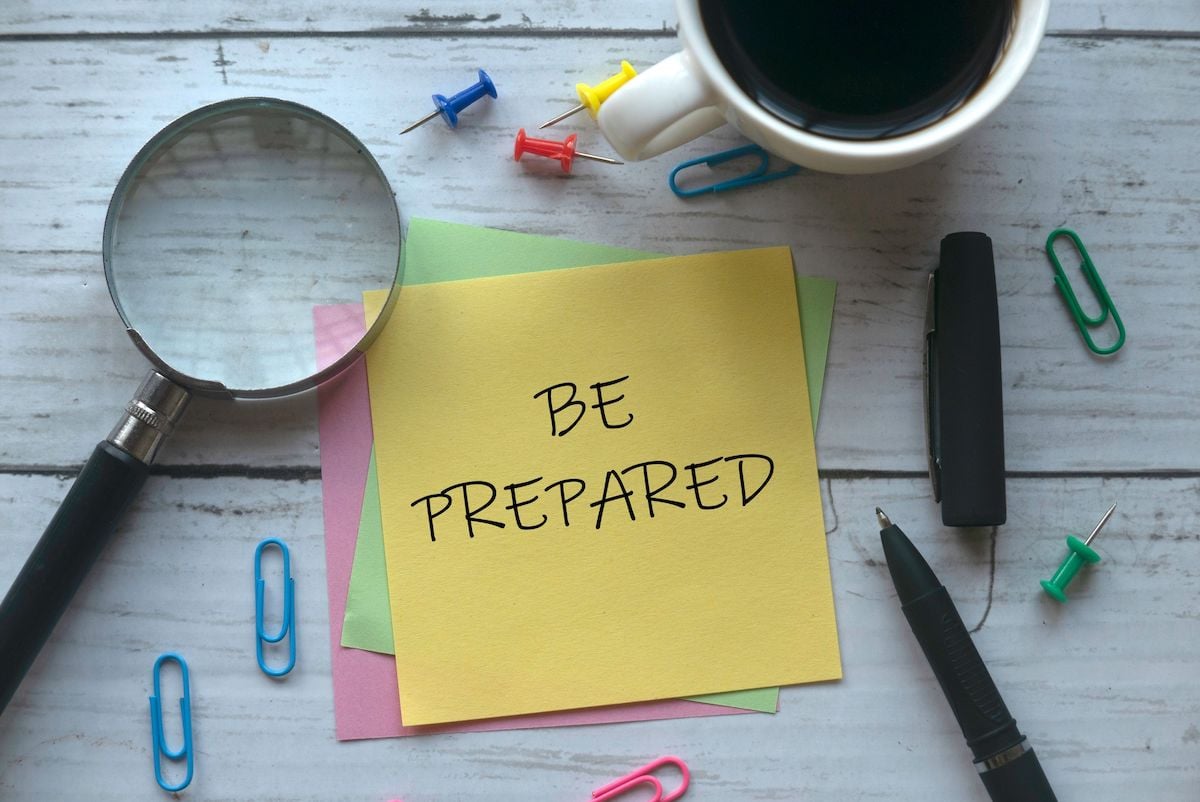Safety is on our minds these days whether it is physical safety, mental health awareness, or protection from a health crisis such as the COVID-19 pandemic. You may feel overwhelmed when deciding which safety vendor would provide the perfect tools for your school or organization. Most vendors will adequately address emergency communication, but you should keep in mind that this is only one way to protect your stakeholders. Successful emergency management begins with the prevention phase to stop problems before they occur. Next, you’ll need tools for the preparation phase so you know how to respond if and when the time comes. The response phase, which is what most people think of when it comes to emergencies, actually can be divided further into stages. Finally, the recovery phase must be taken into consideration to fully resolve issues arising from emergencies. You need to choose a safety vendor that offers a comprehensive platform that integrates well with other systems, complete with tools that cover all of these phases.

Let’s explore these 4 phases of emergency management in more detail:
- Prevention
You may often think about responding to emergencies, but there are tools available to help you to prevent them before they start. Prevention is the action taken to decrease the likelihood that a disruptive incident or emergency will occur. Ensure that you have a system in place for reporting risks, assessing student threats, and managing facility audits. This type of proactive data collection will serve as much needed warnings and will hopefully help you to stop incidents from occurring. For example, CrisisGo’s Safety Intervention Manager includes early and anonymous real-time two-way reporting through various communication methods, behavioral intervention management, and threat and concerning behavior identification and management, with the unique ability to intervene at the appropriate level for each case. If you create a positive and supportive educational environment, you will have the best opportunity to identify and prevent violence on your campus.
- Preparation
Even with the best prevention methods, emergencies can still happen. Preparing before an emergency incident plays a vital role in ensuring that everyone has the necessary equipment, knows where to go, and knows how to keep themselves safe when an emergency occurs. By choosing a digital platform for your safety plans, you can give everyone immediate access to your emergency plans. Then, you can practice your protocols via safety drills. Another way to prepare is to use a system that integrates well with others in order to connect all your existing and future safety systems to preserve safety investments and ensure a seamless crisis response.
- Response
Since the actions taken in the initial minutes of an emergency are critical, a prompt warning to employees to evacuate, shelter or lockdown can save lives. When it is time to respond, you will want to be able to notify everyone in harm's way and escalate the situation to first responders, if needed. You’ll also need a way for your stakeholders to discreetly call for help for isolated incidents while maintaining a constant line of communication. Real-time safety status, situational awareness, mission critical task management and staff assistance are all critical in addition to 2-way messaging.
- Recovery
Recovery should be a part of the plan from the start. If an organization does not think about how they will resolve matters, there is sure to be confusion and stress for all. For example, schools should have a reunification plan in place for reuniting students and parents/guardians after an incident. Our partner, The “I Love U Guys” Foundation, explains that a predetermined, practiced reunification method ensures the reunification process will not further complicate what is probably already a chaotic, anxiety-filled scene. Their Standard Reunification Method instills confidence in all stakeholders so that everyone knows how to respond quickly and efficiently, using predetermined methods and shared vocabulary.
The value of CrisisGo is that we stand out from our competitors by having a comprehensive platform, Safety iResponse, that covers all 4 phases of emergency management, with tools to help at each phase. We will meet our customers where they are by providing them with a quick win in elevated safety awareness and participation. We also optimize safety management to save you time and money by focusing on integrations. To discover more, request a demo with us. We are here to help you at every step of the way as you strive to reach the ultimate levels of safety. 












No Comments Yet
Let us know what you think